I always try to tune my pcb antennas in length, so they operate in resonance, by cutting the antenna with a scalpel and then matching the tuned antenna to the transmitter.
But recently an RF engineer told me, that you could sometimes get the same radiated power, by matching the impedance without trimming the antenna to resonance.
I have measured an untuned IFA to have impedance of Zin = 7.7+j90 @ 865MHz.
Should I try to tune this antenna to resonance, or will it (in practice) work just fine to match the untuned antenna to my transmitter ?
